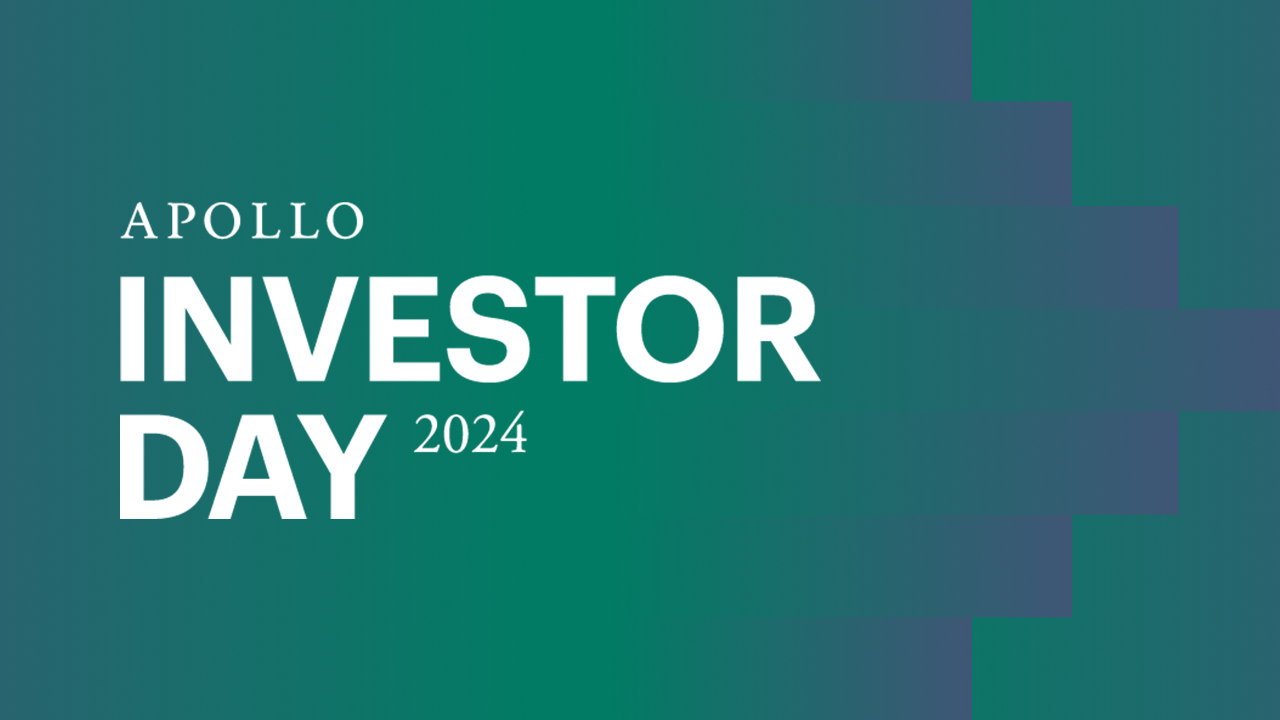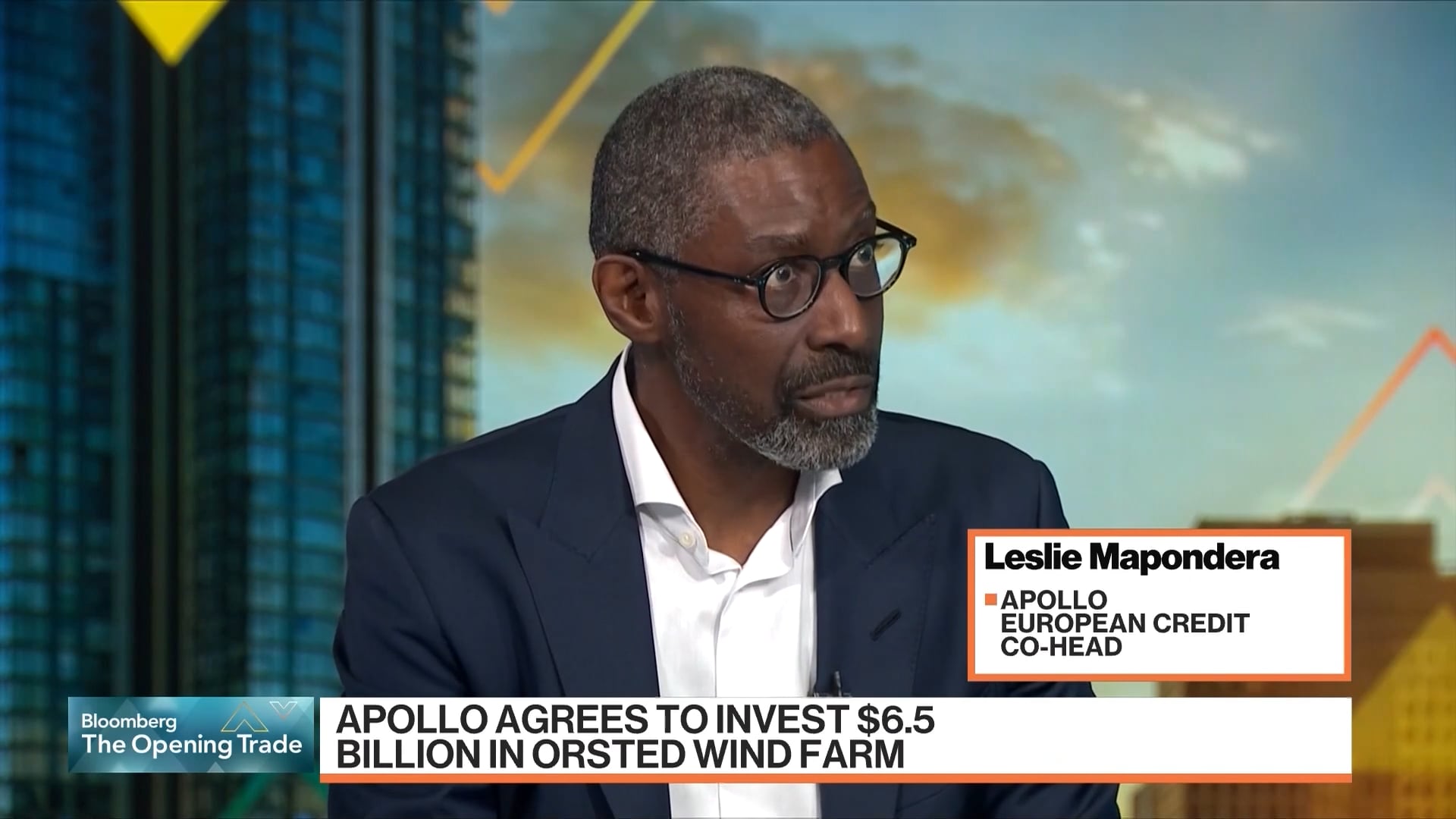Private markets are changing fast – and access is expanding. Apollo’s Global Head of Product Akila Grewal breaks down what’s driving growth in private credit, the future of total portfolio construction and why flexibility and alignment matter more than ever in today’s constantly evolving market environment.
-
Summary
-
Q&A
- Summary
- Q&A
In this episode of The View From Apollo, Apollo Global Head of Product Akila Grewal breaks down why private credit’s growth reflects fundamentals, not froth, and how investors are evolving their portfolios to balance liquidity, yield, and long-term opportunity across private markets.
Q: Akila, for listeners who may not know your role, what does it mean to be Apollo’s Global Head of Product?
A: My job is to connect Apollo’s investment engine with the needs of our clients. We sit at the intersection of markets and investors, making sure we’re designing solutions that are timely, efficient, and aligned with portfolio goals. That might mean structuring vehicles across asset classes, creating bespoke mandates with specific liquidity profiles, or optimizing for various balance sheets. Our goal is always to deliver strong outcomes
Q: You joined Apollo in 2016 and have seen the firm transform. How has Apollo evolved, and what sets it apart from other firms in alternatives?
A: When I joined, Apollo was best known for distressed investing and private equity, which remain foundational. But since then, our credit business has scaled tremendously—thanks in part to Athene, our fixed annuity insurance platform. As Athene’s balance sheet grew, so did the demand for credit-oriented assets. That helped us become one of the largest alternative credit platforms globally, with roughly $800 billion in AUM, nearly 80% of which is in credit.
What truly differentiates Apollo is alignment. Athene can represent two-thirds of the capital alongside third-party investors. That kind of shared outcome—rather than just shared participation—creates a powerful alignment of interests. Combined with scale and discipline, it allows us to underwrite risk across the full return spectrum in a way few others can.
Q: How do you see the current dynamics in the credit markets?
A: We’re constructive on the opportunity set. Credit conditions are broadly supportive—earnings remain solid, the labor market continues to expand, and monetary policy is easing. Deal activity has picked up, with more M&A and new issuance. For event-driven investors, that’s an attractive backdrop.
We’re focused on areas like asset-based finance, which diversifies exposure beyond traditional corporate credit. You can find short-duration, high-quality investments backed by tangible collateral, often at investment-grade risk levels. We’re also solving for capital structures that need more customized financing solutions—helping companies ring-fence assets, ladder maturities, or work with a single counterparty.
Q: There’s been talk of a “private credit bubble.” How do you respond to that?
A: We don’t see private credit as a bubble. What’s happening is a structural evolution in how the economy is financed. Private markets already represent the majority of US corporate earnings and employment. This is not a fad—it’s an enduring shift.
That said, not all risk is equal. Some segments are overcapitalized or loosely underwritten, but we focus on highquality assets with strong coverage and conservative loan-to-value ratios. Even in our sub-investment-grade portfolios, we seek to maintain significant downside protection.
Q: Apollo often highlights the private investment grade (IG) market as a $40 trillion opportunity. Why is that so important right now?
A: The US corporate bond market has tripled in size over 25 years, to about $11 trillion, and 90% of it is investment grade. Most of those bonds are uniform—senior unsecured with fixed coupons and bullet maturities. We see an opportunity to bring more creativity and flexibility to that market.
Investors are asking: Do I really need daily liquidity for 100% of my fixed income exposure? Often, the answer is no. By giving up some liquidity, they can earn meaningful excess spread while maintaining investment-grade risk. That’s why the private IG and fixed income replacement space is growing so rapidly.
Q: Turning to private equity—how is Apollo approaching value creation and exits today?
A: The days of cheap leverage and multiple expansion are behind us. Our focus is on operational improvement and strategic value creation. Purchase price still matters—it’s alpha at the buy. Our average entry multiple is around six times EBITDA versus the market’s 12 times, which can make a difference for returns.
From there, it’s about alpha at the build—driving transformation through operations, commercial strategy, and capital solutions. Then alpha at the exit, realizing value through disciplined timing. That approach—buy, build, and exit—is core to how Apollo has created value for 35 years.
Q: What about private equity secondaries? They’ve grown rapidly as investors seek liquidity.
A: Yes, volumes reached $45 billion in Q1 alone—up 45% year-over-year. Investors and GPs are using secondaries to accelerate liquidity and gain exposure at discounts. It’s a tool for mitigating J-curve effects and improving capital efficiency. We expect demand to remain strong, particularly for managers with deep underwriting and sourcing capabilities.
Q: Let’s touch on real assets. Where do you see the most compelling themes ahead?
A: Three stand out: energy transition, digital infrastructure, and industrial decarbonization. These are trillion-dollar themes requiring massive financing. Global demand for energy transition alone could reach $30–50 trillion, plus $15–20 trillion for digital infrastructure. Those structural capital needs make us bullish on real assets, even in a higher-rate world.
Q: How are investors rethinking portfolio construction?
A: Investors are integrating private markets across portfolios, not as an afterthought but as a core component. They’re focusing on risk-adjusted returns and total portfolio design—reducing volatility while balancing liquidity.
Secondaries are one tool; hybrid capital is another. We’re spending a lot of time on structures that blend debt and equity—offering equity-like upside with credit-like downside protection. These hybrid strategies fit well in a “higher for longer” rate environment.
Q: When did you first notice this shift toward more private allocations?
A: It really took hold when large institutional investors started realizing they didn’t need daily liquidity everywhere. One pension plan we work with actually substituted direct lending into its fixed income portfolio, replacing broadly syndicated loans. That kind of thinking—rethinking liquidity for better yield—is what’s driving portfolio evolution today.
Q: How is Apollo evolving its product set to meet changing liquidity expectations?
A: Liquidity is no longer binary. Public doesn’t always mean liquid, and private doesn’t always mean illiquid. We see the two markets converging. Investors want access to private assets with flexible structures—semi-liquid or perpetual vehicles, for example—that align with their goals.
It’s about packaging strong underlying assets in the format that best suits investor needs, rather than forcing them into a single model.
Q: Taking a global view, where do you see opportunity in Europe?
A: Europe is incredibly interesting right now. The continent faces huge financing needs—over $3 trillion for clean energy, $2 trillion for infrastructure, and $1 trillion for defense by 2050. Yet non-bank lending still accounts for only about 12% of corporate financing. That gap represents enormous opportunity for private capital, and investors can still earn a 25–50 basis point premium over comparable US deals.
Q: Finally, on a personal note—how do you manage your time and energy leading across so many fronts?
A: Ruthless prioritization. It’s about being intentional with how you spend your time and who you spend it with. I focus on where I can drive the most value and rely on a great team that shares that same mindset.
The View from Apollo takes you inside one of the world’s leading asset managers as it navigates changing markets and uncovers opportunity in private credit, private equity, real assets, and beyond. Conversations with Apollo’s leaders and strategists give you a front-row seat to their ideas and analysis on portfolio management and the evolution of private markets. Learn how leading investors think about risk, value creation, and where alpha lives.
Tags
November 03, 2025
More Episodes
November 03, 2025
This SeriesNovember 03, 2025
Play NextOctober 07, 2025
September 29, 2025
August 25, 2025










